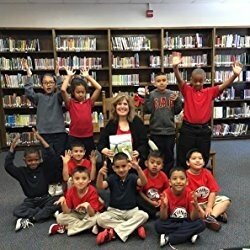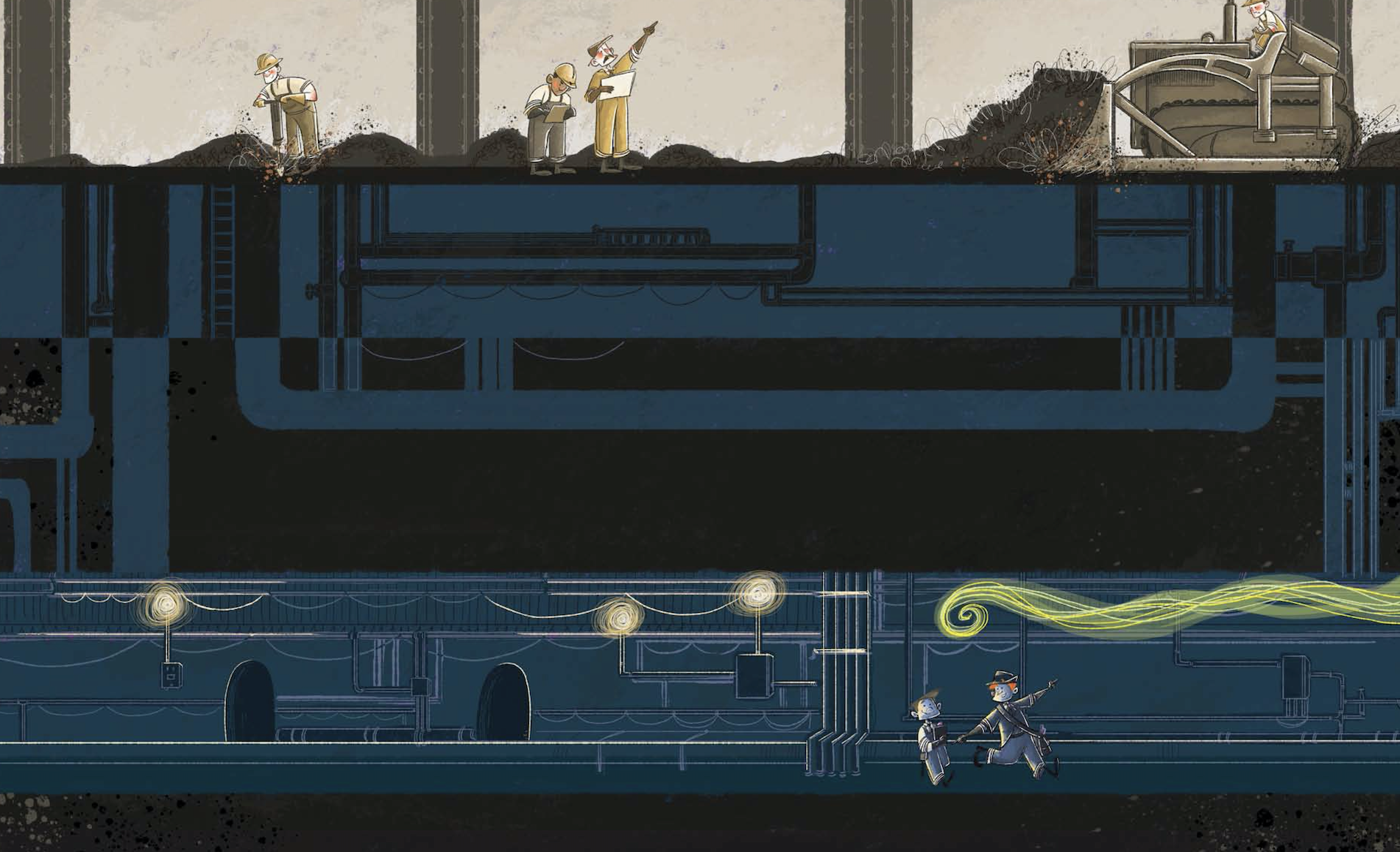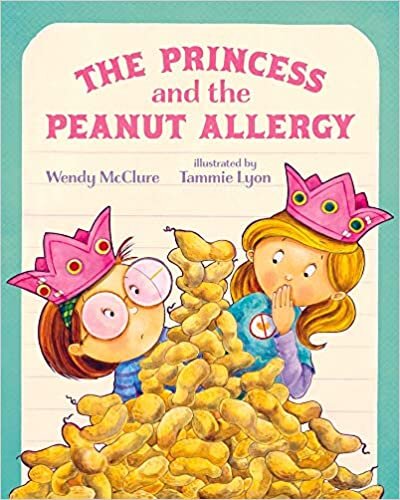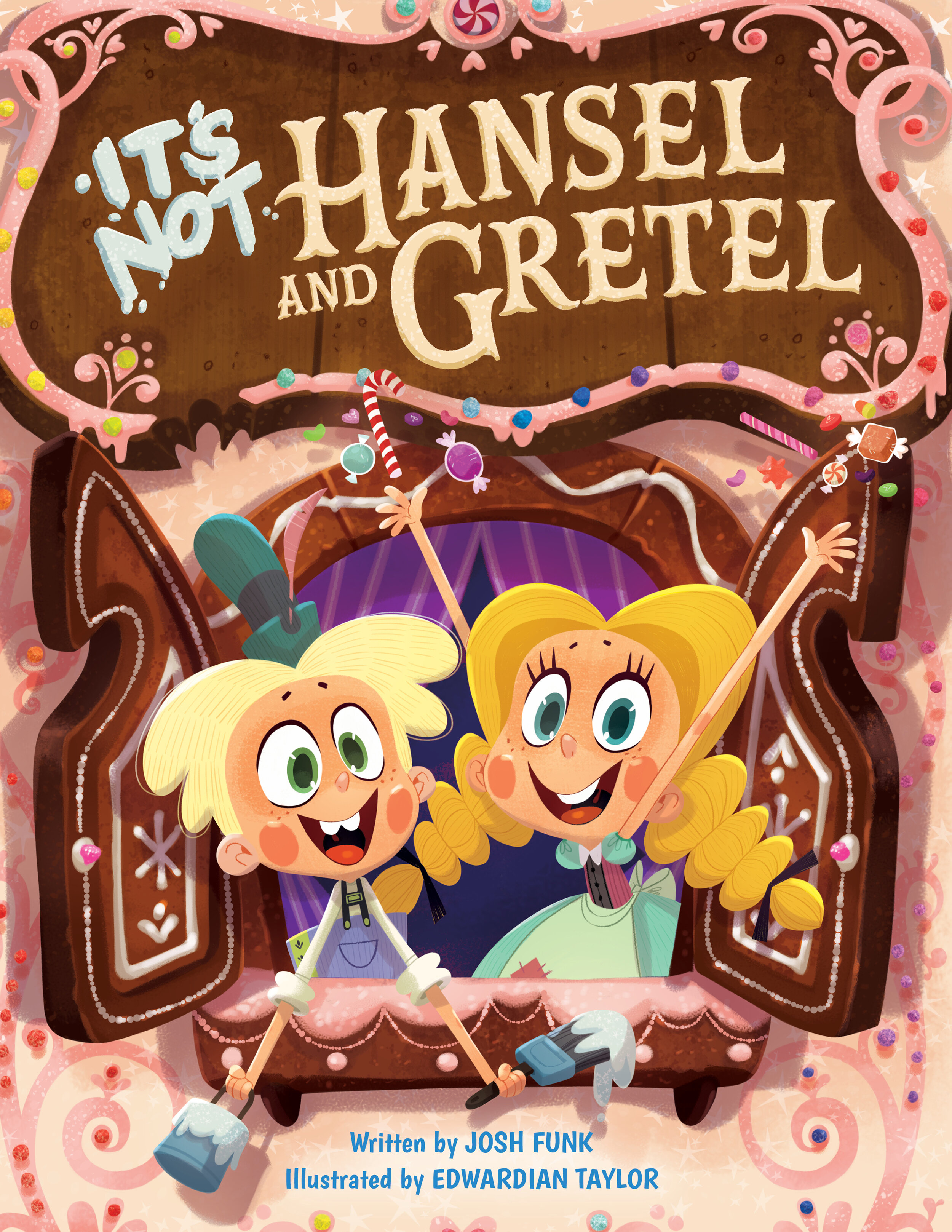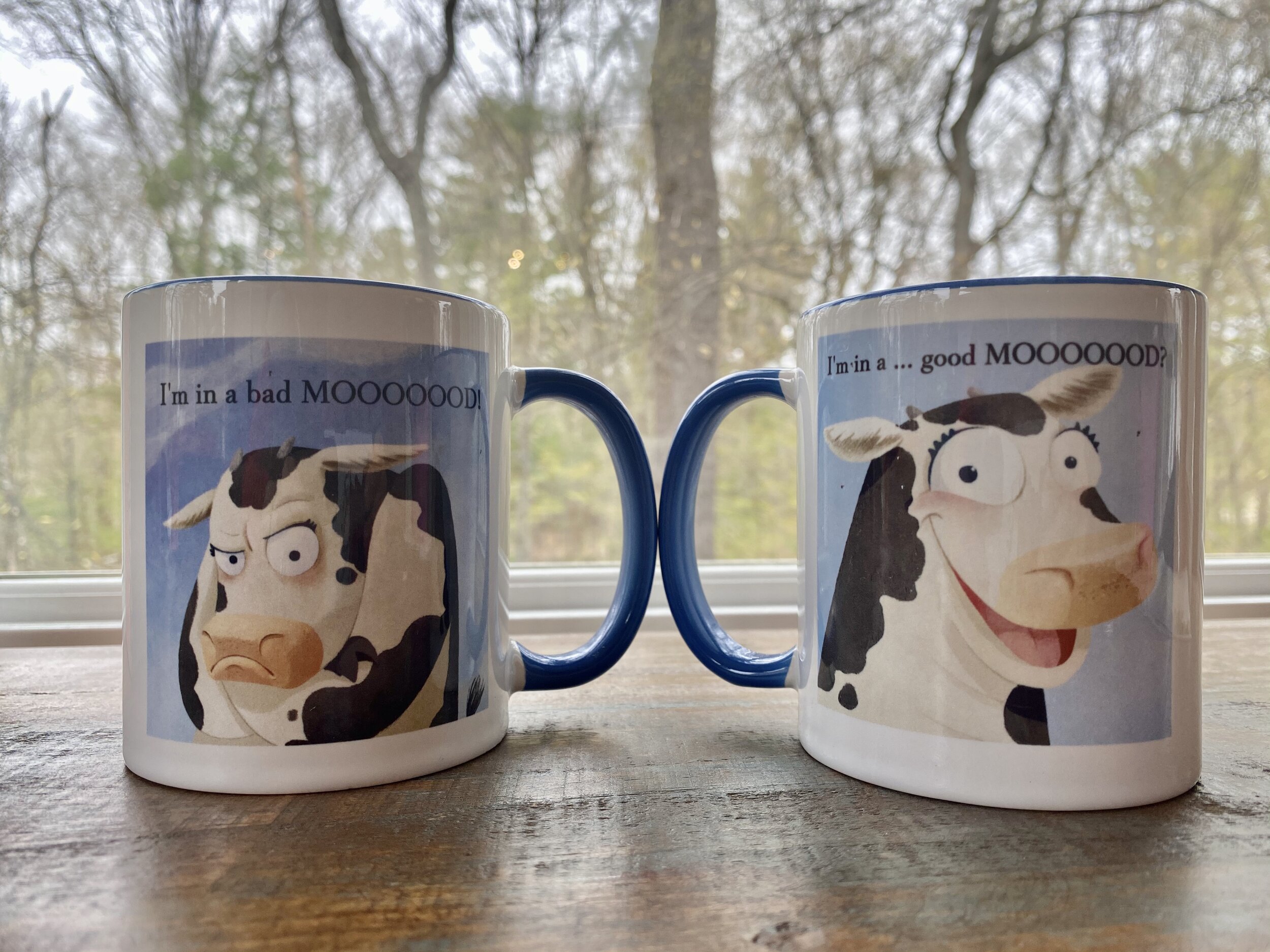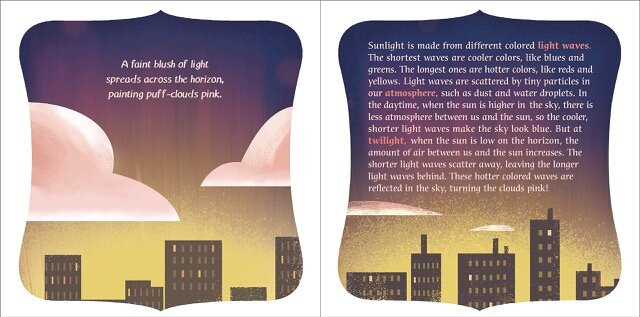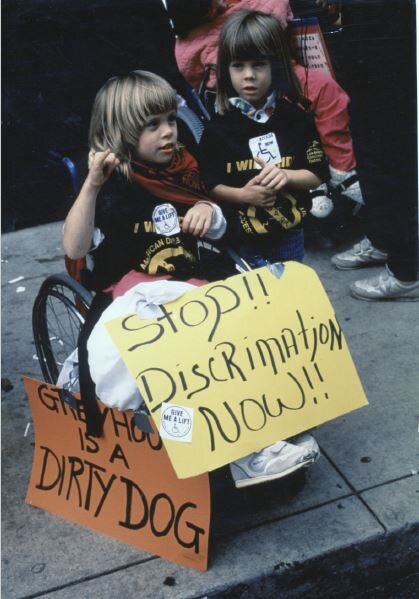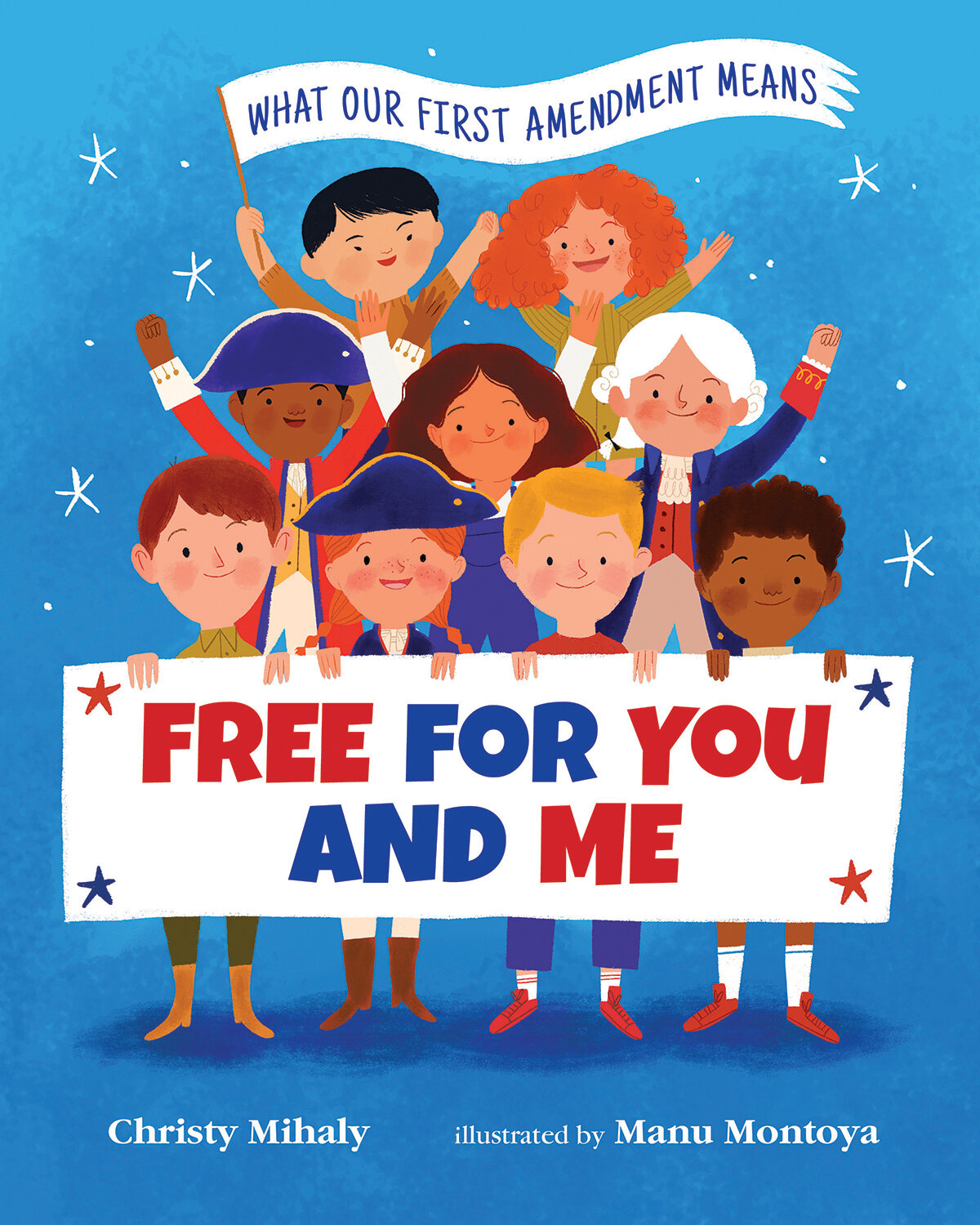Susan Kusel’s journey to The Passover Guest was long and winding, but every bit as wondrous as the tale at the heart of her story about a mysterious stranger and the joyful miracle he leaves for a little girl and a community both in want of belief and cheer.
A longtime librarian and buyer for a bookstore, who sat on Caldecott Medal and Sydney Taylor Book Award committees (including, full disclosure, the Sydney Taylor Book Committee that honored my Irving Berlin, the Immigrant Boy Who Made America Sing with a Notable), Susan had a story she wanted to tell about a Passover miracle, but for a long time she wasn’t sure how to tell it or even when or where to set it.
But when she figured it out, bringing it back in time, to the Great Depression, but to her home in Washington D.C. — magic! Her book debut has received three starred reviews, from Kirkus, Booklist, and School Library Journal. Wowza! Welcome, Susan. Thank you for sharing your journey on The Kids Are All Write!
In your author's note, you talk about how you were inspired by ‘The Magician: an adaptation from the Yiddish of I.L. Peretz’ by Uri Shulevitz. What drew you to this story and made you want to tell it in your own way?
My mother read me this version of the story when I was a child and I just fell in love with it. I was captivated by the magic that happens in the story. And I was so taken with the fact that the main characters actually got to meet Elijah, which is something I always wanted to do. When I encountered the book again as an adult, I loved it as much as ever, but found myself wishing I could change several plot points. That sent me down the road of doing the adaptation.
How did the pieces come together for you of where and when to set the story?
I wanted to take the story out of the shtetl, where it was originally set and move it somewhere more contemporary. My editor, Neal Porter, suggested the Great Depression as a good fit for a penniless family and I think this ended up working well. I also wanted to put the characters in a location that we don’t often see in Jewish picture books and my hometown of Washington D.C. seemed like a natural fit. I thought the cherry blossoms, white buildings, and vibrant Jewish community would add to the book.
The Passover Guest by Susan Kusel, illustrated by Sean Rubin (Neal Porter Books, Holiday House)
How long was your book journey from idea to completed manuscript? How much did it change along the way?
It was long! It took about ten years from the first draft to the finished book I’m finally holding in my hands. Everything from the main character’s name to the location changed during the over fifty drafts. The main plot and message stayed the same throughout though.
Did your story find a home right away? How did you feel when it was acquired?
The book has an unusual acquisition story because I only showed the manuscript to one editor, and that editor acquired it. I also didn’t have an agent at the time, although I got one soon after. That said, I had been working on the manuscript for about three years before Neal saw it and then we worked together on it for a while before he acquired it, so it was a bit of a process. I can’t even put into words how I felt when it was acquired, because I was so over the moon. It was beyond amazing.
Which illustrations by Sean Rubin surprised or particularly delighted you?
All of them. I am really in awe of Sean’s work on this book and how he transformed my words into such beauty on the page. I could talk about how incredible every single illustration is. One of my favorites spreads is when after being hungry for so long, Muriel sees an enormous feast spread out in front of her. The abundance of food, mixed with her facial expressions and the gold-colored background make this page really special. I also love how the heads of the adults have been cut off from view, so the reader’s main focus is on the child. And on a personal note, this is a fun page for me because Sean modeled the blue china dishes on the table from pictures I sent him of my own Passover dishes.
Susan’s Passover dishes (above). Below, Sean Rubin’s illustration with those dishes for The Passover Guest by Susan Kusel (Neal Porter Books, Holiday House)
This is quite an auspicious debut, to have your first book published by Neal Porter Books, and to have three starred reviews by School Library Journal, Booklist, and Kirkus Reviews. Does it make you feel as if Elijah might have sprinkled some magic your way?
It certainly feels that way! I am indebted to everyone who worked on this book: Neal Porter, Sean Rubin, Jennifer Browne, Marietta Zacker, Drew Seeger, everyone at Holiday House and so many others who helped and consulted on the book. Picture books are truly a collaborative effort and I am so lucky to have had such an incredible team bring this book to life.
As a longtime librarian and member of awards committees, from the Caldecott Medal committee to the Sydney Taylor committee, you are used to critiquing other people's books. How does it feel to be on the other side, having your books reviewed and, possibly, being considered for awards?
I am definitely realizing how much work goes into book promotion and am gaining a lot of respect for how much authors do in this area. It is so humbling to see my book in the pages of review journals I’ve been reading for so many years. As for awards, I have to tell myself the same thing I’ve told many others through the years. The best you can do is make sure the book has been submitted and then hope that the committee sees something special in your book.
Has his book journey changed you -- and if so, how so?
It made me realize that I had the power to actually become an author and get a book published, even though it seemed like an impossible road at the start.
The Passover Guest by Susan Kusel, illustrated by Sean Rubin (Neal Porter Books, Holiday House)
What do you hope children will take away from this story?
If I could impart a message through this book, it would be that hope is important even in the bleakest of circumstances and that even the smallest actions can make a difference, like putting a penny in a hat.
Do you have any new books in progress or in the pipeline?
I’m working on several Jewish picture books, and a middle grade novel with a Jewish protagonist. It is very important for me to tell Jewish stories.
Thank you, Susan, for sharing your journey! You can visit Susan online:
On her website: http://susankusel.com
On Twitter: @susankusel
On Instagram: @susanhkusel
On Facebook: Jewish Kidlit Mavens
And for you faithful readers who have followed us this far, a special treat. Susan’s mom found a photo of Susan getting engaged at Passover. In Susan’s words: “ In the middle of the four questions (I was an adult but was still the youngest person at that seder)…. I said, ‘How is this night different from all other nights?’ And my boyfriend put a ring box on the table and said ‘Because tonight I’m asking you to be my wife.’ As you can see, I was a little overcome!”
